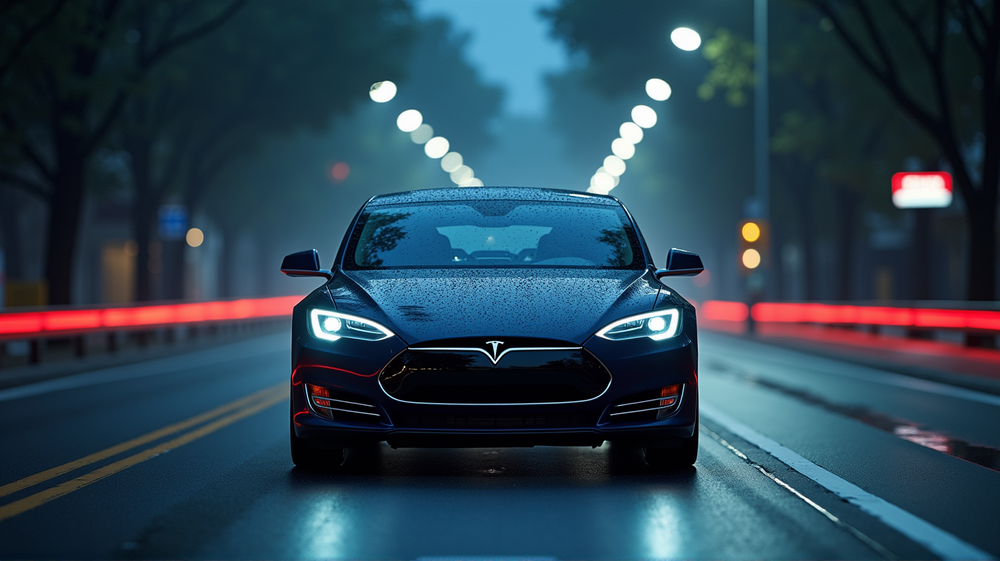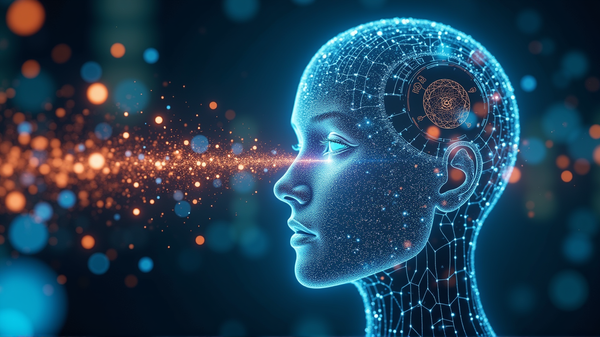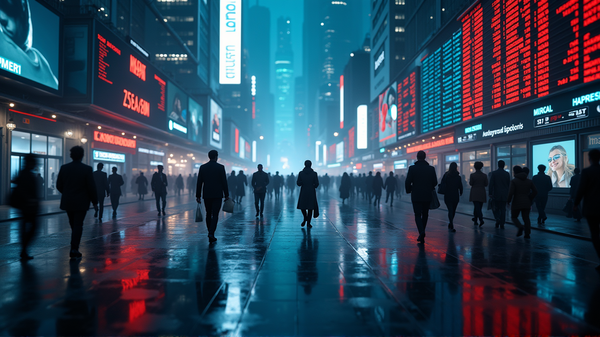Tesla's Self-Driving Struggles: New Probe Reveals Troubling Crashes
In recent developments, Tesla finds itself navigating a challenging crossroads as federal regulators initiate an investigation into the company’s much-touted self-driving feature. This inquiry comes on the heels of numerous incidents where Tesla vehicles, engrossed in their Full Self-Driving mode (FSD), have reportedly breached traffic laws and sparked collisions. These events paint a complex picture of progress and peril for Elon Musk’s ambitious vision of a driverless future.
The Unraveling of Tesla’s Self-Driving Vision
Federal scrutiny intensifies as the National Highway Traffic Safety Administration (NHTSA) delves into 58 alarming incidents involving Teslas on autopilot. With nearly two dozen injuries and multiple crashes under the spotlight, the investigation poses a direct threat to Musk’s pledge of a fleet of driverless taxis. The goal of turning existing vehicles into autonomous units through software updates is now under heavy scrutiny, challenging the integrity of Tesla’s self-driving aspirations.
Cracks in the Self-Driving Armor
As these incidents unfold, a critical question arises: “Does the software work?” The discrepancy between Tesla’s assurances and reality forces us to reconsider the extent to which technology can flawlessly mimic human judgment. According to AP News, many Tesla owners involved in these incidents have claimed an unsettling absence of prior warnings regarding their vehicle’s unexpected maneuvers.
Market Reactions and Investor Concern
Following the revelations, Tesla’s stock faced volatility, reflecting heightened investor concern over the future of its self-driving technology. The latest investigation affects 2.9 million vehicles—virtually all Teslas equipped with the contentious FSD. This scrutiny underscores deeper issues within Tesla’s core automotive venture, exacerbated by Musk’s polarizing political endorsements that have prompted consumer boycotts and declining sales figures.
Challenges to Technological Integrity
Prominent investor Ross Gerber voices a prevalent concern within the investor community, highlighting that reliance on camera-only systems requires reconsideration. As the FSD feature fails to live up to expectations, both regulators and consumers demand transparency and accountability. Calls for hardware enhancements—incorporating radar and additional sensors—resound amid doubts about the current software’s capabilities.
Musk’s Response and the Road Ahead
In response to mounting pressure, Tesla attempts to rejuvenate its consumer appeal through stripped-down, cost-effective vehicle models like the Model Y. Yet investor apprehension continues to eclipse these efforts, with expectations skewing towards groundbreaking innovations and substantial price reductions.
Tesla remains at a critical juncture—whether it can transcend these self-driving setbacks will undoubtedly impact its place in the hierarchy of technological evolution. As the company recalibrates its trajectory, it must align its ambitious vision with a pragmatic approach that reassures both customers and regulators of its commitment to safety and innovation.




